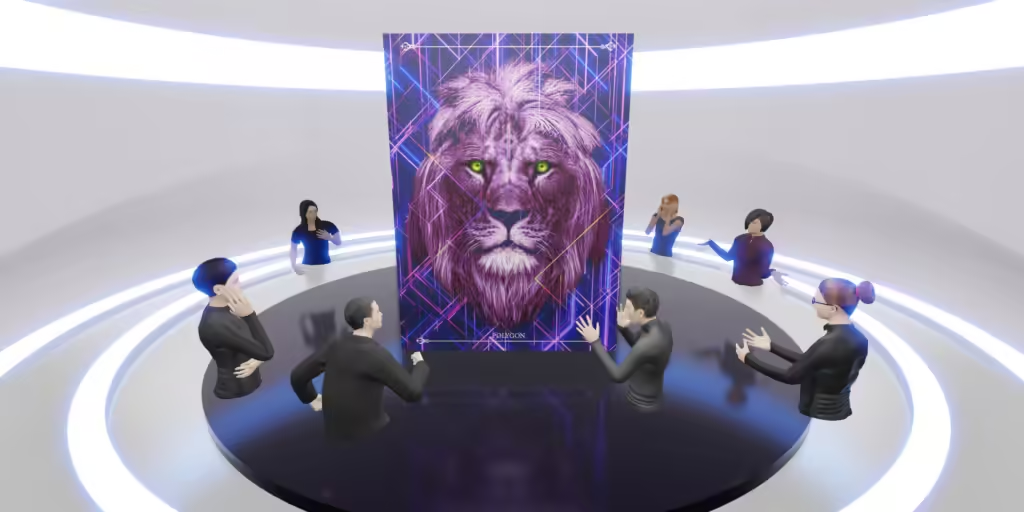NFTs, or Non-Fungible Tokens, are transforming how we think about ownership in the digital world. Unlike cryptocurrencies, each NFT is unique and cannot be replicated, making it ideal for owning digital assets like art, music, and collectibles. Non-Fungible Tokens are more than just a new trend; they represent a groundbreaking shift in how artists and creators distribute, protect, and monetize their work.
By using blockchain technology, NFTs give artists and collectors a transparent, secure way to transfer digital assets. This innovation has empowered countless creators, allowing them to reach global audiences without the traditional gatekeepers.
Are NFTs Dead? Exploring the Current Landscape
A common question in the tech world is, “Are NFTs dead?” While the initial hype may have subsided, NFTs are far from obsolete. In fact, the NFT market is evolving, and the lull in public excitement is helping solidify its foundation. Many artists, brands, and collectors are still actively participating in the NFT space, exploring new ways to use this technology.
NFTs may have lost some of their novelty, but they continue to attract serious investments. Platforms are improving, creating more accessible and user-friendly experiences. Additionally, industries like music, gaming, and sports are embracing Non-Fungible Tokens, pushing them into the mainstream.
How to Purchase NFTs: A Comprehensive Guide for Novices
For beginners interested in Non-Fungible Tokens, buying your first NFT can seem overwhelming. Here’s a simple guide to help you get started:
- Set Up a Digital Wallet: The first step is to create a digital wallet where you’ll store your cryptocurrency. Wallets like MetaMask and Trust Wallet are popular choices because they are secure and compatible with most NFT platforms.
- Purchase Cryptocurrency: Most Non-Fungible Tokens are bought with Ethereum (ETH). You can buy ETH through popular exchanges like Coinbase or Binance and then transfer it to your wallet.
- Choose a Marketplace: OpenSea, Rarible, and Foundation are some of the leading platforms where you can buy NFTs. Browse these sites to find art or collectibles that interest you.
- Make a Purchase: Once you’ve found an NFT you like, connect your wallet to the platform and make the purchase. It’s essential to check transaction fees, also known as “gas fees,” which can vary depending on the network.
- Store Your NFT: After buying, the NFT will be stored in your digital wallet. You can view, sell, or transfer it whenever you like.

By following these steps, buying Non-Fungible Tokens becomes accessible to almost anyone interested in owning a piece of digital art or a unique collectible.
New Opportunities for Digital and Traditional Creators
Non-Fungible Tokens have opened a wealth of opportunities for artists, both digital and traditional. In the past, digital artists struggled to sell their work as a unique item, but Non-Fungible Tokens allow them to create limited, authenticated editions. This change has empowered artists to take full control of their work, bypassing traditional galleries and auction houses.
For traditional artists, Non-Fungible Tokens offer a new market. They can digitize their art, reaching an international audience they may have never accessed before. With Non-Fungible Tokens, artists can also receive royalties on every resale, ensuring a continuous income stream. This model represents a monumental shift, giving creators direct rewards for their ongoing success and fostering a more sustainable art economy.
Cultural Value: How Digital Collectibles Are Shaping Culture
NFTs aren’t just about digital ownership; they’re redefining cultural value. These tokens have become cultural symbols, representing everything from digital art to unique experiences. Non-Fungible Tokens have made it possible for communities to gather around shared digital assets, creating a new form of cultural identity.
Digital collectibles have brought art and culture to an audience that may not have been involved in the traditional art world. Non-Fungible Tokens are now part of global conversations around technology, art, and digital ethics. They are also making art more accessible, as collectors and fans from all over the world can appreciate and support artists directly.
NFT Marketplaces: Where to Discover and Buy NFTs
NFT marketplaces have become the digital equivalent of art galleries. Platforms like OpenSea, Rarible, Foundation, and SuperRare have curated spaces where artists can showcase their work and where collectors can buy and trade Non-Fungible Tokens. Each platform offers unique features:
- OpenSea: The largest marketplace with a wide variety of NFTs, including art, music, and games.
- Foundation: Known for its curated, high-quality art collections.
- Rarible: A community-focused platform that allows artists to set their own royalties.
For artists, these platforms provide the infrastructure to connect with fans, manage sales, and explore creative opportunities.
NFTs Beyond Art: The Rise of NFTs in Music, Fashion, and More
While NFTs began with digital art, they’ve expanded to many industries, including music, fashion, and sports. Musicians, for instance, are using Non-Fungible Tokens to release exclusive tracks, concert tickets, and collectibles. This shift allows fans to own rare pieces of their favorite music, building a deeper connection between artist and audience.
In fashion, brands are creating limited-edition digital wearables, which can be “worn” in virtual spaces. This new form of digital fashion lets people express their style online. Additionally, sports teams are launching NFTs for game highlights, tickets, and exclusive fan experiences.
Challenges in the NFT Space: Are NFTs Here to Stay?
NFTs face significant challenges, including market volatility and environmental concerns. The value of NFTs can fluctuate wildly, making it a risky investment for some. Additionally, the blockchain networks that support NFTs, like Ethereum, consume large amounts of energy. This environmental impact has sparked debates about sustainable practices within the NFT community.
The Future in Art and Culture
The journey of NFTs has only just begun. As more artists, musicians, and creators embrace this technology, NFTs will likely continue to influence art and culture in unprecedented ways. They offer a platform for creators to connect with audiences, gain financial independence, and leave a digital legacy. Non-Fungible Tokens are shaping not only how we perceive ownership but also how we experience and value culture in the digital age.
